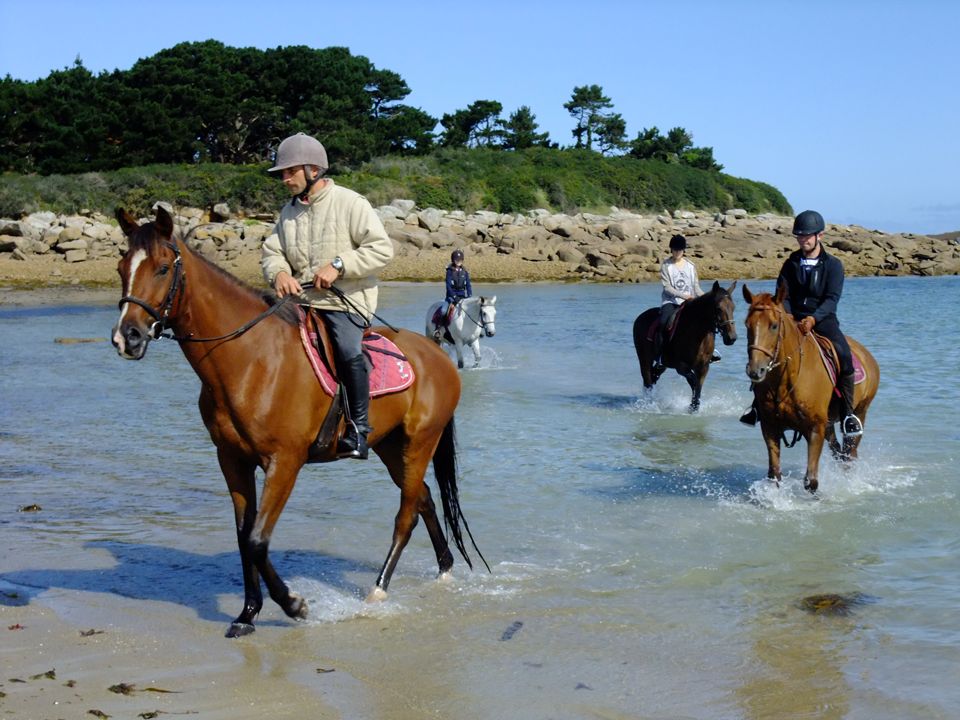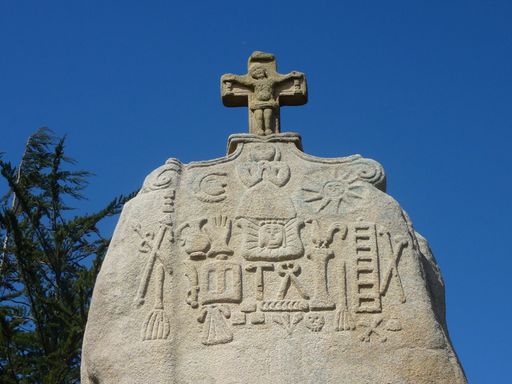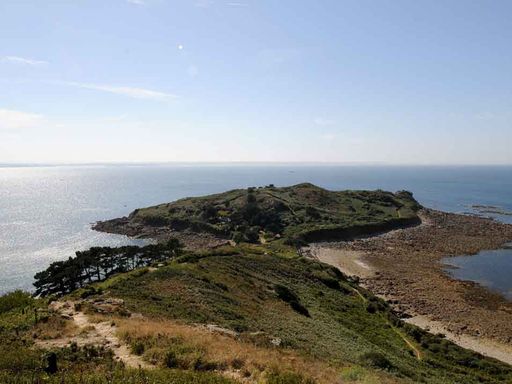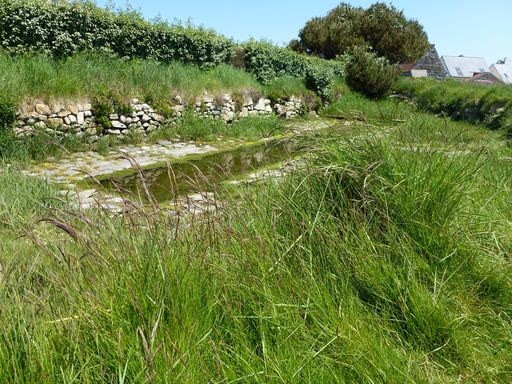
Bringwiller and Kerlavos Bay
Trégastel
About
There is evidence of very early human religious and economic activity in this area. Its name, Brenn Guiler, meaning "hill of the Roman village", bears testament to the presence of the Romans in antiquity. Numerous footpaths enable you to explore the tidal marshland which replaced the old peaty freshwater marsh after the spit of land which used to seal off the cove was breached.


Saint Uzec menhir
Pleumeur-Bodou
A menhir 7.40 m high and 2 m wide stands in Saint-Uzec. Imagine our Neolithic ancestors transporting this huge block of granite weighing 60 tonnes! These megaliths probably fulfilled a religious...  See
See


Chapel of Christ
Trébeurden
Classified as a historic monument and occupying a key position, the Chapel of Christ is not to be missed. Located on a small hill, 76 metres in altitude, it offers an outstanding panoramic view over...  See
See


Bihit Point
Trébeurden
Jutting out into the sea, Bihit Point offers a magnificent panoramic view. The grey, jagged rock which forms this headland and the small island to its left, Île Mignonne, is the oldest in Europe. It...  See
See


Lavoir at Run Losquet (Île Grande)
Pleumeur-Bodou
This large, traditional "lavoir" – an open-air pool or basin set aside for clothes to be washed – is located on Île Grande and dates from the nineteenth century. Two sources supply it and can be...  See
See


